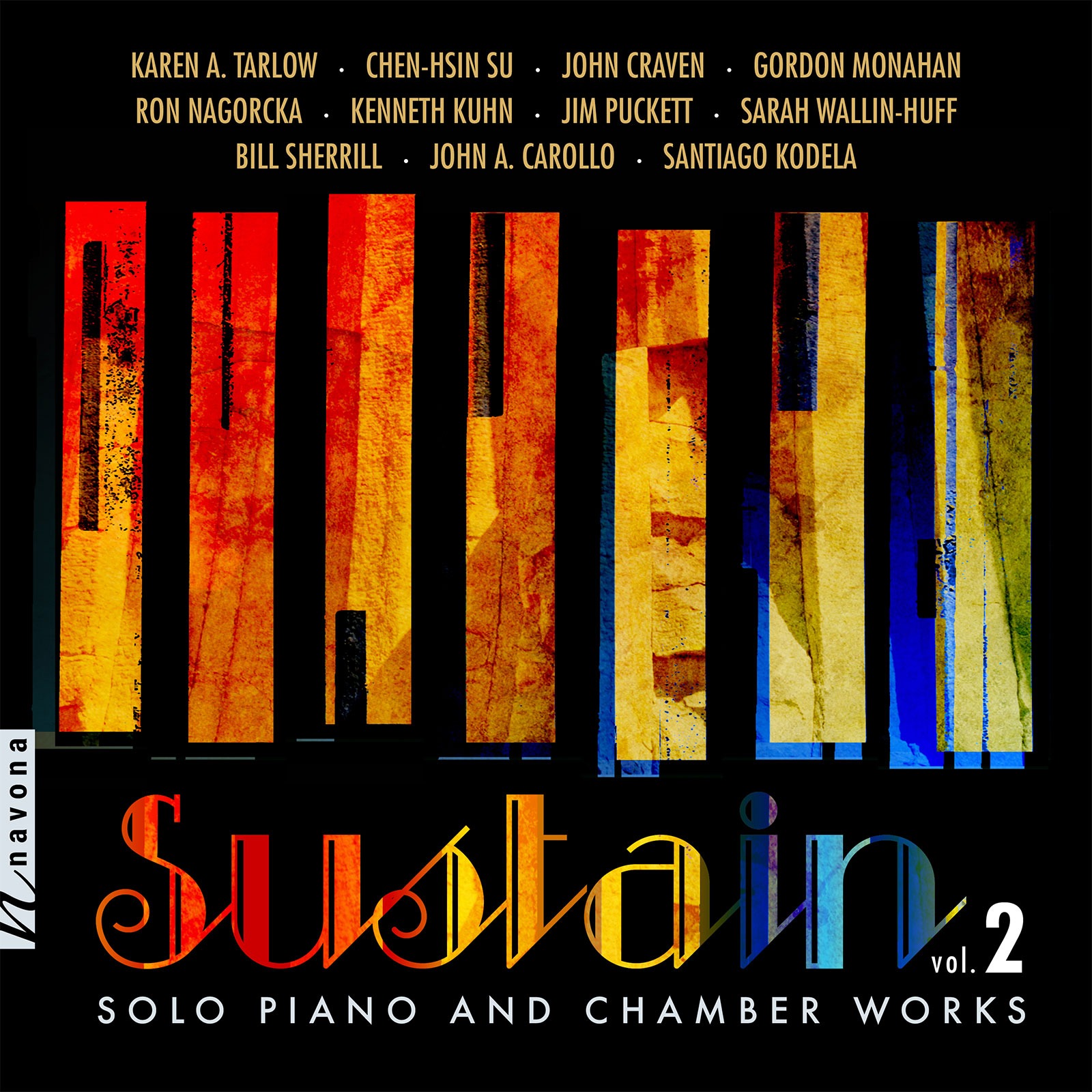Sustain Vol. 2
Karen Tarlow composer
Chen-Hsin Su composer
John Craven composer
Gordon Monahan composer
Ron Nagorcka composer
Kenneth A. Kuhn composer
Jim Puckett composer
Sarah Wallin-Huff composer
Bill Sherrill composer
John A. Carollo composer
Santiago Kodela composer
Two years after the release of SUSTAIN comes the long-anticipated follow-up, SUSTAIN VOL. 2. This fresh collection of works centered around the piano includes a range of contemporary compositional styles: tonal, atonal, and everything in between. This volume features a new cast of composers and performers, with contributions by Sarah Wallin-Huff, Karen Tarlow, Chen-Hsin Su, Bill Sherrill, Jim Puckett, Ron Nagorcka, Gordon Monahan, Kenneth A. Kuhn, Santiago Kodela, John Craven, and John A. Carollo. The album’s varied soundscapes and arrangements—including solo piano, piano and saxophone, and piano and strings—constantly surprise and delight the ear. A fitting sequel to the first installment, SUSTAIN VOL. 2 is steeped in the dynamic complexity piano music offers.
Listen
Stream/Buy
Choose your platform
"There are some true gems here"
Track Listing & Credits
| # | Title | Composer | Performer | |
|---|---|---|---|---|
| 01 | Toccata Prestidigita | Karen A. Tarlow | Randall Hodgkinson, piano | 6:13 |
| 02 | Caprice "Hesitation" | Chen-Hsin Su | Lucie Kaucká, piano | 3:25 |
| 03 | Turning Up the Heat | John Craven | Lucie Kaucká, piano | 6:22 |
| 04 | Turkey Track Horizon | Gordon Monahan | Gordon Monahan, piano | 8:05 |
| 05 | Leaves | Ron Nagorcka | Randall Hodgkinson, piano | 5:10 |
| 06 | The Journey Is My Home | Ron Nagorcka | Randall Hodgkinson, piano | 3:29 |
| 07 | Of What Might Have Been | Kenneth A. Kuhn | Gabriela Diaz, violin; Yoko Hagino, piano | 2:10 |
| 08 | Nocturne | Jim Puckett | Lucie Kaucká, piano; Pavel Zlámal, tenor saxophone | 3:12 |
| 09 | The Reluctant Carnie | Sarah Wallin-Huff | Lucie Kaucká, piano | 3:25 |
| 10 | Toccata "Short 'n Sweet" | Bill Sherrill | Lucie Kaucká, piano | 1:03 |
| 11 | Piano Etudes, Book 1 "Maladies": No. 6, Incystence | John A. Carollo | Lucie Kaucká, piano | 5:53 |
| 12 | Bewildered Soliloquies (Live) | Santiago Kodela | Fidelio Trio | Darragh Morgan, violin; Deirdre Cooper, cello; Mary Dullea, piano | 5:26 |
Track 1, 5-7
Recorded July 7, 10, 2020 at Futura Productions in Roslindale MA
Session Producer Brad Michel
Session Engineer John Weston
Assistant Engineer (Track 1) Travis Karpak
Track 2-3, 8-9, 10-11
Recorded May 12, 25, September 14, 15, 2020 at Reduta Hall in Olomouc, Czech Republic
Session Producer Vít Mužík
Session Engineer Jan Košulič
Turkey Track Horizon
Recorded July 14 and 23, 2020 at LIVELab, McMaster University in Hamilton ON, Canada
Session Engineer, Editing & Mixing John Oswald
© Gordon Monahan SOCAN
Bewildered Soliloquies
Recorded live July 2019 at the National Concert Hall in Dublin, Ireland
Session Producer Michael Riordan
Session Engineer, Mixing Dave McCunne
Session Engineer, Mastering Bob Katz
Executive Producer Bob Lord
Executive A&R Sam Renshaw
A&R Director Brandon MacNeil
A&R Danielle Lewis, Quinton Blue, Chris Robinson, Jacob Smith
VP, Audio Production Jeff LeRoy
Recording Sessions Director Levi Brown
Audio Director, Editing & Mixing (2, 3, 8-11) Lucas Paquette
General Manager of Audio & Sessions Jan Košulič
Editing & Mixing (1, 5-7) Brad Michel
Mastering Shaun Michaud
VP, Design & Marketing Brett Picknell
Art Director Ryan Harrison
Design Edward A. Fleming
Publicity Patrick Niland, Sara Warner
Artist Information
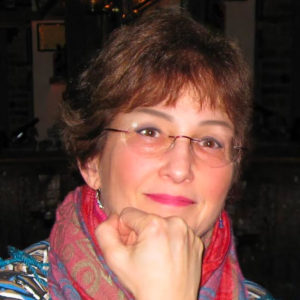
Karen A. Tarlow
Born in the Boston MA area, Karen A. Tarlow now lives in Western Massachusetts and composes music on commission. She has written for a wide range of vocal and instrumental forces, including ballets, solo and chamber works, choral music and music for orchestra. Most recently (2011), she composed a new work for Mak’hela: The Jewish Chorus of Western Massachusetts; new music for the Da Camera Singers; and completed music for a series of multi-media ballets and puppet shows for children for Picture Book Theatre and the Eric Carle Museum of Picture Book Art.

Chen-Hsin Su
Su Chen-Hsin was born in Chiayi City, Taiwan in 1989. He is a licensed doctor who graduated from the Department of Medicine at China Medical University, Taichung, Taiwan, in 2015. Su has been in psychiatry residency training programs at the Taoyuan Psychiatric Center, Taiwan since August 2017.
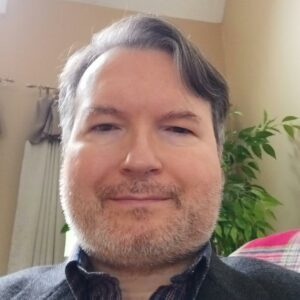
John J. Craven
John J. Craven (b.1971) was enthusiastically drawn to listening to classical music, music theater, and popular music as a child. He studied piano and flute and began to compose at age 11. He was a winner in the Fourth International Aaron Copland Competition for Young Composers at age 12. He studied piano at the Peabody Conservatory of Music from 1989 to 1991. From 1992 to 1994 he received a B.A. in Communication Studies at the University of Iowa; in 1997 he completed a B.F.A. in music composition at SUNY Purchase. He returned to Peabody in 2009 to receive a M.M. in composition.

Gordon Monahan
Gordon Monahan's works for piano, loudspeakers, video, kinetic sculpture, and computer-controlled sound environments span various genres from avant-garde concert music to multi-media installation and sound art. As a composer and sound artist, he juxtaposes the quantitative and qualitative aspects of natural acoustical phenomena with elements of media technology, environment, architecture, popular culture, and live performance. The renowned composer John Cage once said, "At the piano, Gordon Monahan produces sounds we haven't heard before."
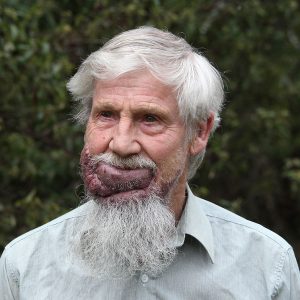
Ron Nagorcka
Ron Nagorcka (born 1948) composes in his hand-built solar-powered studio in a remote forest in Tasmania (the island state off Australia's south coast) where the natural world provides him with much of his inspiration. He has been exploring both music and nature since his childhood on an Australian sheep farm and studied music - including pipe organ, harpsichord, and composition - at the University of Melbourne and the University of California, San Diego. In the 1970s he was a prominent and influential figure in Melbourne as an innovative composer, teacher, keyboard performer and improviser with electronics. He was also one of the first non-indigenous musicians to master the didjeridu and pioneered its use in classical composition.
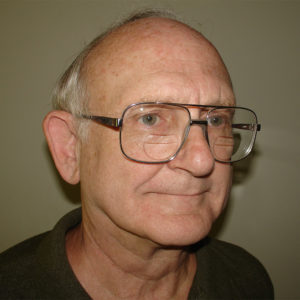
Kenneth A. Kuhn
Kenneth A. Kuhn (Ken) (b. 1954) is a retired electrical engineer specializing in electronic circuit design who had the privilege of growing up with a great appreciation of classical music. Over the years classical music enhanced mental skills valuable for Kuhn’s engineering career. Composing music and designing electronic circuits are very interrelated as each enhances the other. He began composing music in his youth in the 1960s and learned how to compose by carefully listening to the many classical composers. His favorite composers include Anton Bruckner and Gustav Mahler. Ken composes because, “There is music I want to hear but since no one has written it then I must write it myself.”

Jim Puckett
Jim Puckett is a career Worship Pastor serving in Richardson, Texas. He is an adjunct professor for the Southern Nazarene University College of Professional and Graduate Studies, and an adjunct member of the music faculty at Mount Vernon Nazarene University.

Sarah Wallin Huff
Sarah Wallin Huff is a music lecturer at California Polytechnic University of Pomona, teaching “History of Technology in Music,” for which she published an original textbook with Great River Learning in 2019. She received her M.A. in Music Composition at Claremont Graduate University in 2008, and was the Professor of Composition and Advanced Theory — as well as conductor of the Chamber Ensemble — at The Master’s University in Santa Clarita from 2012-2016.
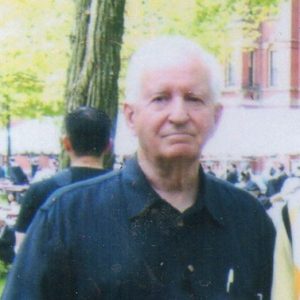
Bill Sherrill
When Bill Sherrill (b. 1939) departed for college with piano and voice scholarships, there were fond hopes within his family of a musical career for him. College tennis and the study of Chemistry soon displayed and delayed those hopes. After college and during a working career which included stints as a Naval Flight Officer, Intelligence Officer, and Chief Administrator for large law firms, he kept in touch with music by singing in varied oratorio and symphonic choruses. He retired early to study music and has been composing ever since. He also serves as a Church Musician which provides a ready venue for conducting, composing, and arranging.
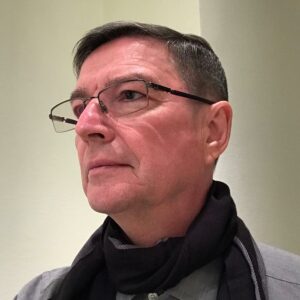
John A. Carollo
John A. Carollo was born in Torino, Italy and brought to the United States by his adoptive parents. When he was in grade school, he studied classical piano and sang in the church choir. While attending college in San Diego CA, he studied music and psychology. During this time, Carollo took piano lessons and began composing his first piano works. He graduated from San Diego State University being granted a master’s degree in clinical psychology.
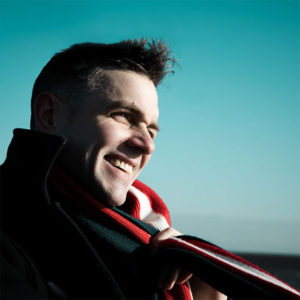
Santiago Kodela
Santiago Kodela is an award-winning Classical Guitarist & Composer working in the areas of concert, solo instrument, chamber, and choral music. His works explore various aspects of sound and harmony, adventuring intensely into the areas of iso-rhythms, metric modulation, and chord harmonization. In 2022 the album PINNACLE VOL. 2 was awarded the 2nd Prize Silver Medal by North-American Global Music Awards in the classical category. Furthermore, his piece Delicate Soliloquies was shortlisted as a finalist in the 2nd Composition Competition by the Dutch Guitar Foundation by a jury integrated by Steve Goss, JacobTV, and Nikita Koshkin.
Fidelio Trio
The …virtuosic Fidelio Trio… (Sunday Times) are Darragh Morgan, violin, Adi Tal, cello and Mary Dullea, piano. Shortlisted for the 2016 Royal Philharmonic Society Music Awards, the Fidelio Trio are enthusiastic champions of the piano trio genre, performing the widest possible range of repertoire on concert stages across the world; they are broadcast regularly on BBC Radio 3, RTÉ Lyric FM, WNYC, NPR and featured on Sky Arts documentaries; they have an impressive list of commissions and first performances from the leading and newest composers and have a large discography of highly acclaimed recordings.
